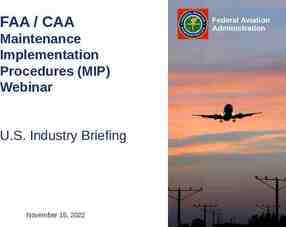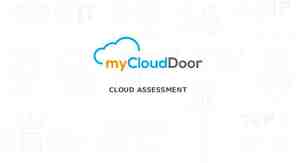Employee Underperformance BRIDGING THE GAP BETWEEN ROOT CAUSE
20 Slides1.20 MB

Employee Underperformance BRIDGING THE GAP BETWEEN ROOT CAUSE AND SOLUTIONS

What is a performance issue? Expectation Performance Gap DIAGNOSING PERFORMANCE ISSUES Diagnosing Performance

Short of Expectations – follow the path to performance Three Primary Sources of Under Performance 1. Awareness 2. Capability 3. Willingness DIAGNOSING PERFORMANCE ISSUES Diagnosing Performance

1. Awareness 2. Capability 3. Willingness DIAGNOSING PERFORMANCE ISSUES Diagnosing Performance

t Starre He 1. Awareness 2. Capability 3. Willingness Employee Leader Assumption of Burden / Fault DIAGNOSING PERFORMANCE ISSUES Diagnosing Performance

1. Awareness Expectations? 2. Capability Tools, Skills or Talents? 3. Willingness Fear/Defiance? DIAGNOSING PERFORMANCE ISSUES Diagnosing Performance

We start here because it’s the easiest to address and allows for self correction Do they fully understand what the expectation is? o Were you clear? o o o Exactly what outcome Exactly when to be done Exactly what level of freedom Do they know it is theirs and not shared? Did they hear it directly from you? Don’t assume DIAGNOSING PERFORMANCE ISSUES 1. Awareness

If No, then A. B. C. D. Ask for questions, concerns Restate or clarify the expectation Ask for confirmation Ask for commitment If Yes, then move to Capability DIAGNOSING PERFORMANCE ISSUES 1. Awareness

1. Awareness Expectations? 2. Capability Tools, Skills or Talents? 3. Willingness Fear/Defiance? DIAGNOSING PERFORMANCE ISSUES Diagnosing Performance

Capability has three different dimensions to consider: A. Start with Tools Is this person equipped with the right: Tools? Info? Resources? Team? Authority? DIAGNOSING PERFORMANCE ISSUES 2. Capability

B. Next consider: Skills vs. Talents DIAGNOSING PERFORMANCE ISSUES 2. Capability

Skills can be developed in a shorter time frame and are trainable Assess: Confirm they have the tools they need Do you see the potential for someone to get better? Can you see a technique, method or practice that if implemented would improve their performance? Act: Offer the extra coaching and teaching DIAGNOSING PERFORMANCE ISSUES 2. Capability

Assess: Confirm they have the resources and tools they need Do you no longer see the potential for them to meet expectations? Do you no longer see any short term help you can provide? Act: Consider moving to better suited role DIAGNOSING PERFORMANCE ISSUES 2. Capability Talents are long term abilities, likely not trainable

1. Awareness Expectations? 2. Capability Tools, Skills or Talents? 3. Willingness Fear/Defiance? DIAGNOSING PERFORMANCE ISSUES Diagnosing Performance

There are two dimensions to Un-Willingness: Fear – this can be a simple confidence issue or a more deep-seated issue Defiance – this can be outright insubordination or simply inflexibility Intentions Actions Will Intentions – Actions Squat Jim Hunter, Author, The Servant DIAGNOSING PERFORMANCE ISSUES 3. Willingness

Fear can be a lack of confidence Assess: Do they demonstrate respect? Are they sharing any concerns or doubts about doing it? Are others doing something to undermine their confidence? Act: Reinforce confidence in their abilities Provide support DIAGNOSING PERFORMANCE ISSUES 3. Willingness

Defiance may be direct disobedience or just inflexibility Assess: Is there intent to perform? Are they putting forth their best effort? Are they showing signs of disrespect? Act: Give direct ultimatum o “ up to and including termination” Remove from the team DIAGNOSING PERFORMANCE ISSUES 3. Willingness

1. Awareness Expectations? 2. Capability Tools, Skills or Talents? 3. Willingness Fear/Defiance? DIAGNOSING PERFORMANCE ISSUES Path to Performance Improvement

Questions?

WANT TO LEAN MORE ABOUT HOW TO BUILD BETTER LEADERS? CONTACT JOEL BENNETT AT: [email protected] veelhoeden.com






